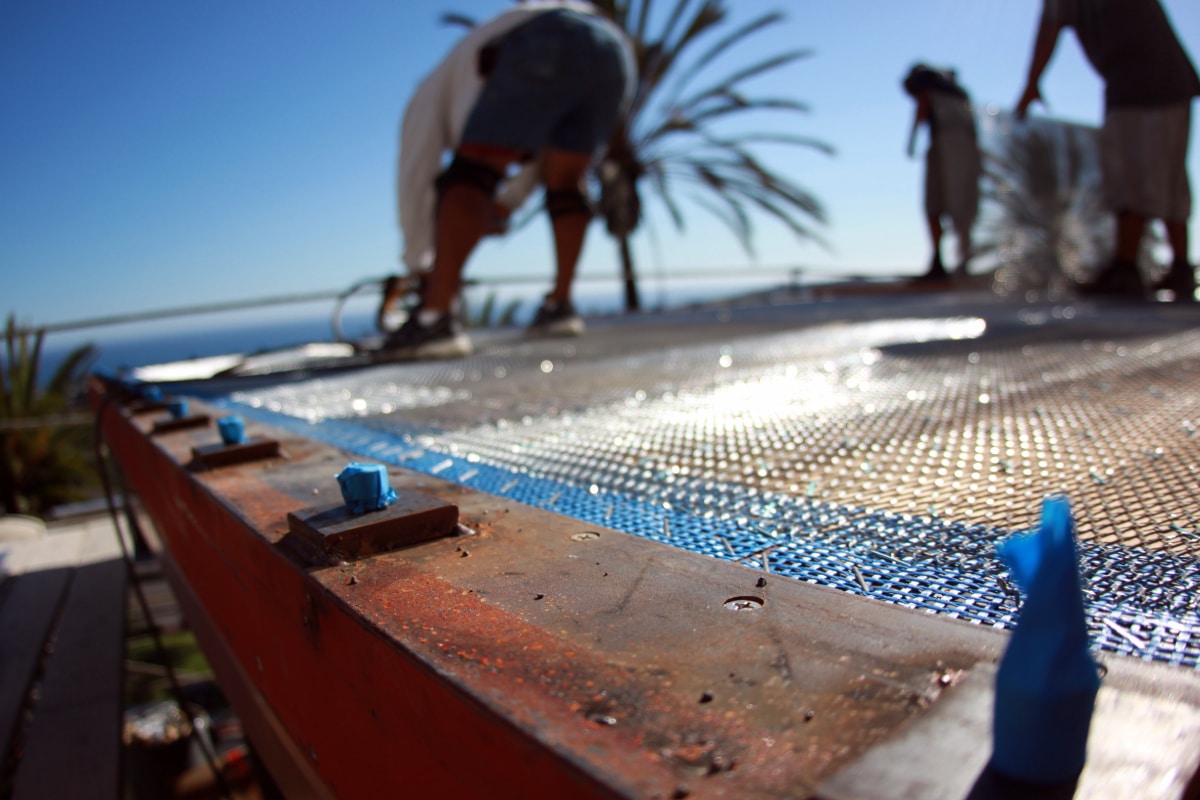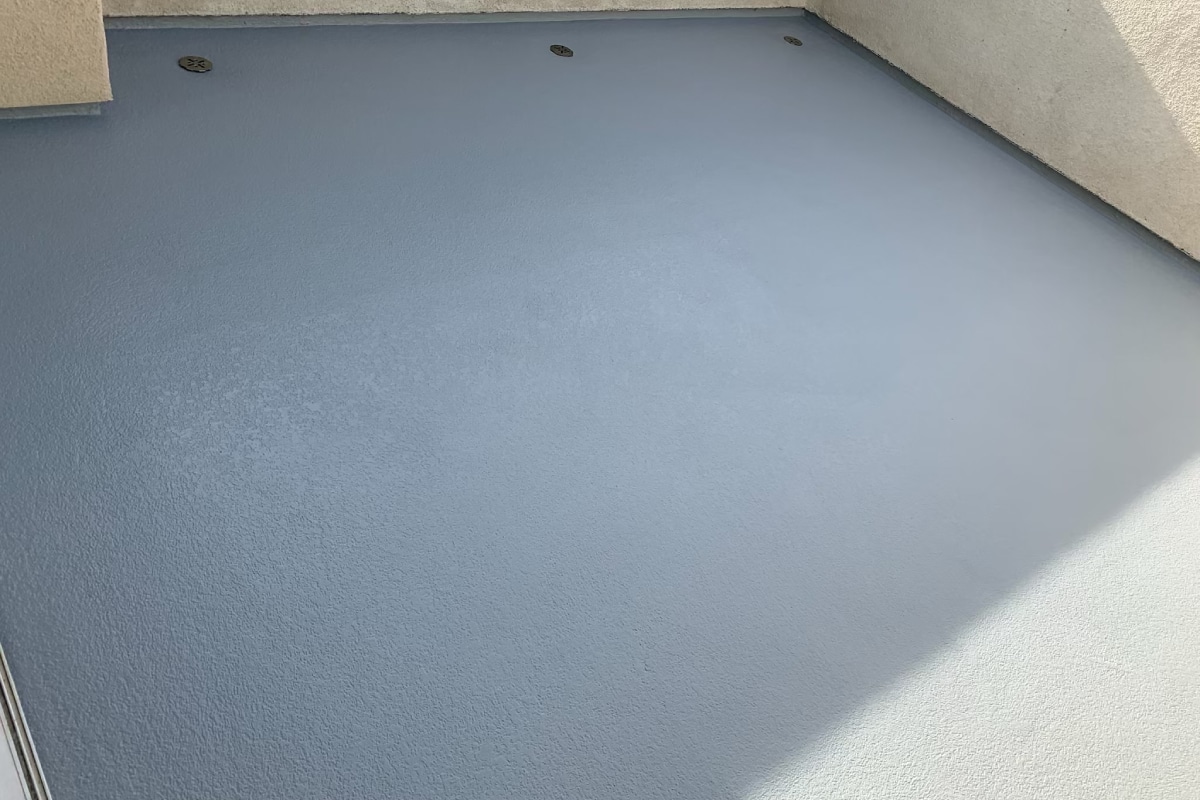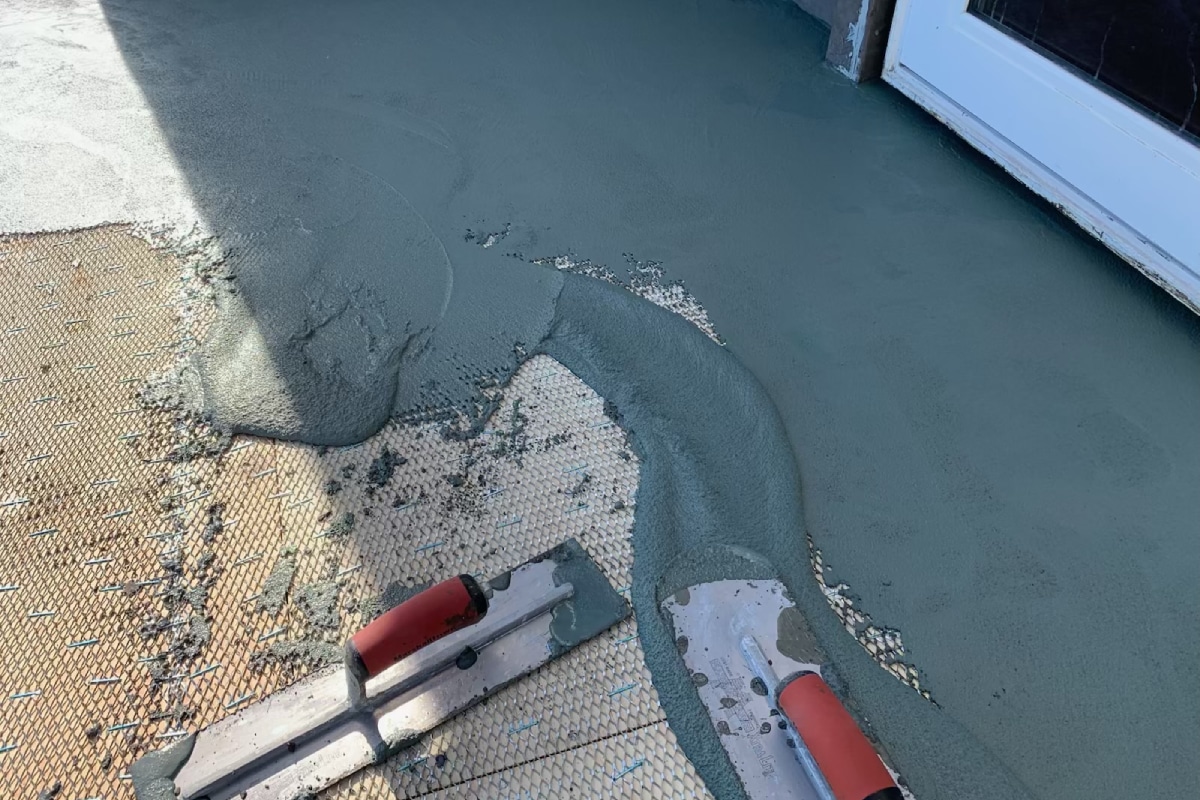Waterproofing is vital in construction and maintenance, safeguarding buildings and structures from water intrusion and its subsequent damage. Yet, misconceptions about waterproofing abound, often leading to inadequate protection, increased costs, and compromised safety. Lear About the most common myths surrounding waterproofing and offers comprehensive insights to help property owners, builders, and contractors make informed decisions.
Misconception 1: Waterproofing Is Only Needed in Older Buildings
It’s a widespread belief that only aging buildings require waterproofing due to wear and tear over time. While it’s true that older structures may need retrofitting or upgrades to their waterproofing systems, even new buildings can benefit significantly from proper waterproofing during construction.
New constructions often involve various materials and designs that might unintentionally create vulnerabilities. For example, modern architectural trends favor large glass surfaces, rooftop gardens, and unconventional shapes, requiring robust waterproofing systems to ensure long-term durability. Furthermore, errors during construction, such as improper sealing or inadequate drainage planning, can exacerbate water-related issues in new buildings.
Misconception 2: Waterproofing Is Only for Basements
While basements are a common area of concern due to their below-ground positioning, they are far from the only part of a building that benefits from waterproofing. Roofs, terraces, balconies, retaining walls, parking garages, and foundations are equally susceptible to water intrusion.
For example, improperly waterproofed roofs can lead to ponding water, which increases the risk of leaks, mold growth, and structural degradation. Similarly, balconies and terraces exposed to outdoor elements require protective membranes to prevent moisture from seeping into the interior spaces.
Misconception 3: All Waterproofing Materials Are the Same
The idea that one waterproofing material works universally across all situations is a dangerous misconception. The market offers various products, each tailored to specific applications. Here’s a breakdown of some popular options and their ideal uses:
- Cementitious Coatings are best for bathrooms, water tanks, and basements due to their durability and ease of application.
- Liquid-Applied Membranes: Flexible and ideal for areas with complex shapes, such as balconies and terraces.
- Bituminous Membranes: Suitable for roofs and large, flat surfaces where durability is essential.
- Polyurethane Sealants: Often used for high-traffic areas and surfaces exposed to dynamic loads.
Choosing the wrong material can result in ineffective waterproofing and premature failure, highlighting the importance of expert consultation.
Misconception 4: Waterproofing Lasts Forever
A common belief is that once waterproofing is installed, it provides permanent protection. However, no waterproofing solution can last indefinitely without proper maintenance. Environmental factors, including temperature fluctuations, UV radiation, and chemical exposure, gradually degrade waterproofing materials.
Regular inspections are vital to identify and address early signs of wear, such as cracks, bubbling, or discoloration. Proactive maintenance, such as reapplying membranes or repairing damaged seals, can significantly extend the waterproofing system’s lifespan.
 Misconception 5: Waterproofing Can Fix All Water Problems
Misconception 5: Waterproofing Can Fix All Water Problems
While waterproofing is essential for preventing water intrusion, it is not a magic solution for every water-related issue. Poor drainage systems, clogged gutters, or grading issues around the building’s perimeter can still lead to standing water and eventual damage.
For example, if water pools near a structure’s foundation, hydrostatic pressure can build up, forcing water through even the most robust waterproofing layers. Complementing waterproofing with proper drainage design ensures comprehensive protection.
Misconception 6: DIY Waterproofing Is Sufficient
The do-it-yourself trend has led many homeowners to believe they can handle waterproofing projects independently. While small-scale tasks, such as applying a sealant to a crack, might be manageable, larger projects demand professional expertise.
Professional waterproofing involves precise surface preparation, understanding material compatibility, and employing advanced tools. For instance, installing a liquid-applied membrane requires a controlled environment to ensure even application and curing. Inadequate application could lead to water seepage, mold growth, and structural damage.
Misconception 7: Waterproofing Is Expensive and Unnecessary
Some property owners avoid waterproofing due to perceived high costs. However, the expense of repairing water damage, including mold remediation, foundation repairs, or replacing ruined interiors, far outweighs the initial investment in waterproofing.
Moreover, waterproofing adds value to a property by enhancing its durability and reducing future maintenance costs. For example, a waterproofed basement can be converted into livable or usable space, increasing the property’s functional square footage.
Misconception 8: One Waterproofing Method Works for Every Situation
Every building is unique, and so are its waterproofing needs. Factors such as location, climate, construction materials, and intended use dictate the type of waterproofing required. For instance:
Coastal properties may need extra protection against saltwater corrosion.
Cold climates demand materials that can withstand freeze-thaw cycles.
High-traffic areas, such as parking garages, benefit from durable coatings resistant to abrasion.
A tailored approach ensures effective protection, preventing the costly consequences of a one-size-fits-all mindset.
Misconception 9: Waterproof Paint Is a Long-Term Solution
Waterproof paint is often marketed as an all-encompassing waterproofing solution. While it can provide a temporary barrier against light moisture, it is not designed to handle significant water pressure or long-term exposure. Over time, waterproof paint can peel, crack, or become ineffective, especially in areas with high water flow or prolonged dampness.
 Waterproof paint should be used as a supplementary layer rather than a primary solution for lasting protection.
Waterproof paint should be used as a supplementary layer rather than a primary solution for lasting protection.
Misconception 10: Waterproofing Can Be Done Anytime
While it’s possible to add waterproofing later in a building’s life, it is far more efficient and cost-effective to incorporate it during the construction phase. Retrofitting waterproofing often requires invasive repairs, such as removing existing finishes or excavating around foundations.
Early integration of waterproofing ensures seamless protection and reduces the risk of future problems, saving time and money.
Misconception 11: Visible Damage Is the Only Sign of Water Issues
Water damage often starts long before it becomes visible. Moisture can infiltrate walls, floors, and ceilings, leading to hidden issues such as weakened structures, deteriorated materials, and mold growth.
Advanced techniques, such as infrared scanning and moisture meters, can detect problems early, preventing extensive damage. Regular professional inspections are critical for uncovering hidden threats and maintaining the integrity of waterproofing systems.
Misconception 12: Waterproofing Is Only Needed in Wet Climates
Even in arid regions, waterproofing plays a vital role. Occasional rains, condensation, or groundwater movement can still pose risks. For instance, a sudden storm in a dry area can overwhelm improperly waterproofed structures, causing leaks and structural damage.
Waterproofing is a proactive measure that ensures resilience against unpredictable weather patterns, regardless of the climate.
Partner with Prestige Deck Coating for Reliable Waterproofing Solutions
Waterproofing invests in your property’s longevity, safety, and value. Dispelling these misconceptions helps property owners and builders make informed decisions that protect their investments from costly water damage.
Prestige Deck Coating is a trusted name in Southern California that provides expert waterproofing services. Specializing in decks, balconies, and walkways, Prestige Deck Coating delivers tailored solutions that ensure durability and protection. Their team of skilled professionals uses cutting-edge materials and techniques to address your unique needs.
Contact Prestige Deck Coating today to schedule a consultation and experience the benefits of comprehensive, reliable waterproofing services.
Contact Prestige Deck Coating for a quote today.

